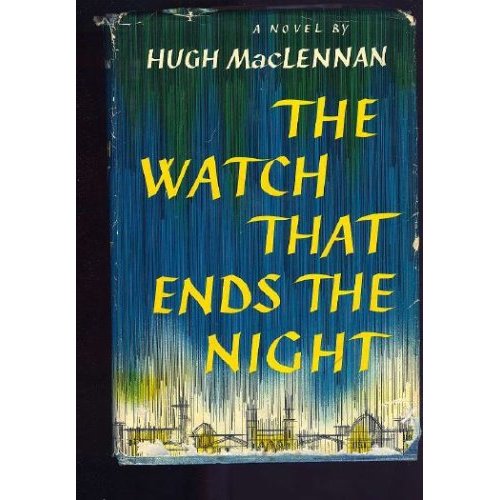 At this hour I’m in Santa Fe, New Mexico, where Paul Moravec and I are joining with Richard Gaddes, the general director of the Santa Fe Opera, and Charles MacKay, who will be succeeding Gaddes in October, to announce the details of the company’s 2009 premiere of The Letter at a press conference.
At this hour I’m in Santa Fe, New Mexico, where Paul Moravec and I are joining with Richard Gaddes, the general director of the Santa Fe Opera, and Charles MacKay, who will be succeeding Gaddes in October, to announce the details of the company’s 2009 premiere of The Letter at a press conference.
This is the press release describing the opera and its cast and production team.
* * *
THE LETTER
Composer: Paul Moravec
Librettist: Terry Teachout
Sung in English
World Premiere
Commissioned by The Santa Fe Opera
July 25, 29, August 3, 7, 15, 18
Conductor: Patrick Summers
Director: Jonathan Kent
Scenic Designer: Hildegard Bechtler
Costume Designer: Tom Ford
Patricia Racette Leslie Crosbie
Anthony Michaels-Moore Robert Crosbie
James Maddalena Howard Joyce
Roger Honeywell Geoff Hammond
Ning Liang Chinese Woman
Rodell Rosel Ong Chi Seng
Keith Jameson John Withers
The Letter is based on W. Somerset Maugham’s 1927 stage adaptation of one of his best-known short stories. It has been filmed twice, the second time in 1940 in an Oscar-nominated version starring Bette Davis and directed by William Wyler. Paul Moravec, the composer, won the 2004 Pulitzer Prize for Music for Tempest Fantasy and is currently Artist-in-Residence at the Institute for Advanced Study in Princeton and University Professor at Adelphi University. Terry Teachout, the librettist, is the drama critic of The Wall Street Journal and the author of a forthcoming biography of Louis Armstrong. The opera is ninety minutes long.
“The Letter is an opera noir, a story of ordinary people who make a few mistakes and suddenly find themselves swept into very deep emotional water, way over their heads,” says Moravec. “It combines the aesthetic of American verismo with dream-like qualities often characteristic of a psychological drama. We intend it to be as fast-moving and hard-hitting as a Hollywood film noir from the ’40s.”
“Our goal,” says Teachout, “has been to write a work that’s firmly rooted in traditional operatic practice–one that will make dramatic sense to mainstream audiences.”
Patricia Racette and Anthony Michaels-Moore star as Leslie and Robert Crosbie, an unhappily married expatriate couple whose life in the jungle of Malaya is torn apart by passion, violence, and revenge. Racette appeared most recently in the 2005 Turandot. Michaels-Moore will be singing the title role in this year’s Falstaff. Other members of the cast include Roger Honeywell, last seen in the 2007 production of Tea: A Mirror of Soul, and James Maddalena, Ning Liang, and Rodell Rosel, all making their company debuts. Patrick Summers, music director of the Houston Grand Opera, also in his company debut, will conduct.
The production will be directed by Jonathan Kent, who staged the critically acclaimed Broadway revival of Brian Friel’s Faith Healer in 2006. Kent has directed three operas in Santa Fe, most recently Thomas Adès’ The Tempest in 2006. He is staging the 2008 Marriage of Figaro. Hildegard Bechtler, the set designer, created the set for Primo, Anthony Sher’s stage version of Primo Levi’s If This Is a Man, which played on Broadway in 2005. Tom Ford, the award-winning New York fashion designer, will design the costumes. One of the nation’s best-known fashion figures, his oeuvre includes men’s clothing, perfume and accessories. A longtime Santa Fean, Ford graduated from Santa Fe Prep and keeps a home here.
* * *
Opera buffs will need no further introduction to the stars of The Letter, but for those of you who don’t follow the business that closely, suffice it to say that Patricia Racette and Anthony Michaels-Moore starred in the Metropolitan Opera’s new production of Benjamin Britten’s Peter Grimes, which opened earlier this year, while James Maddalena is best known for having created the role of Richard Nixon in John Adams’ Nixon in China. As for Jonathan Kent, Hildegard Bechtler, Tom Ford, and Patrick Summers, I think the press release speaks quite well for itself.
I’ll fill you in after I get back to New York tonight, but for the moment I doubt I need to say much more than that Paul and I are honored–actually, “staggered” might be a better word–to have our very first opera produced and performed by such an illustrious group of collaborators. (I’ve written about Pat, Jonathan, and Hildegard in my capacity as a critic, so my admiration for their work is a matter of record.) It isn’t often that you get to start at the top, but that’s what’s happened to us, and we don’t need to be told what that means.
Now, if you’ll excuse me, I have to catch a plane. Broadway is calling!

 One of the ways in which I cling to normality in the midst of frenzy is to read something each day that is irrelevant to my proximate concerns. For the past week I’ve been periodically immersed in a book I’ve long wanted to read, Hugh MacLennan’s
One of the ways in which I cling to normality in the midst of frenzy is to read something each day that is irrelevant to my proximate concerns. For the past week I’ve been periodically immersed in a book I’ve long wanted to read, Hugh MacLennan’s